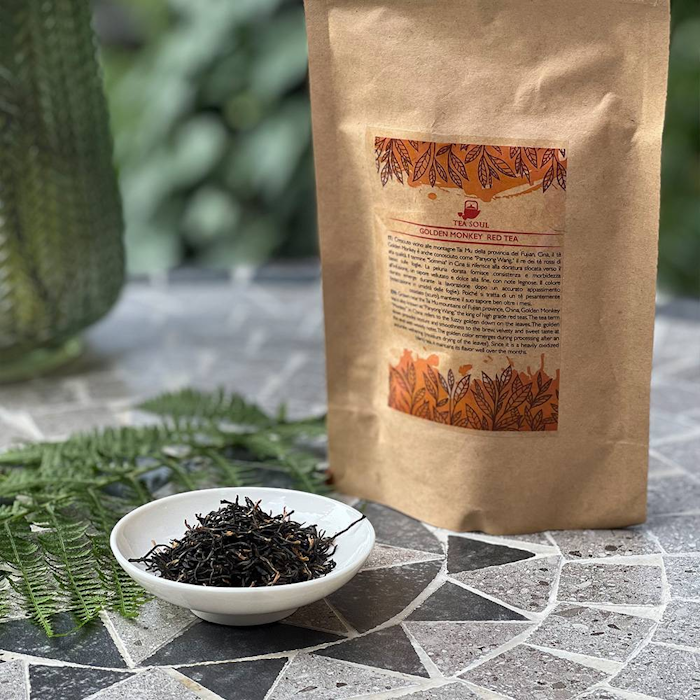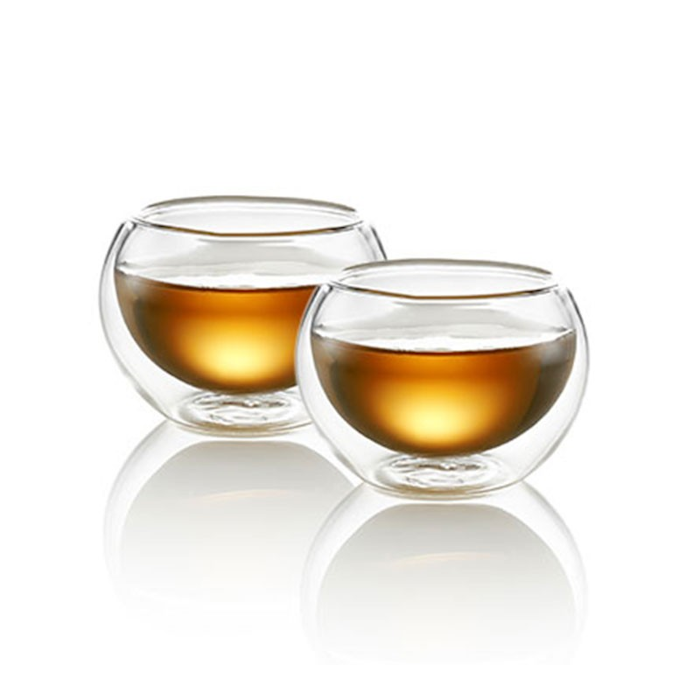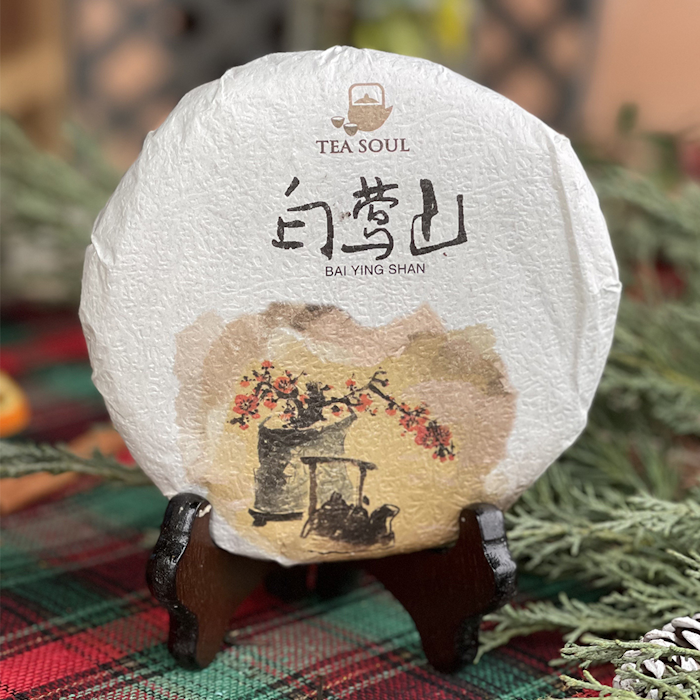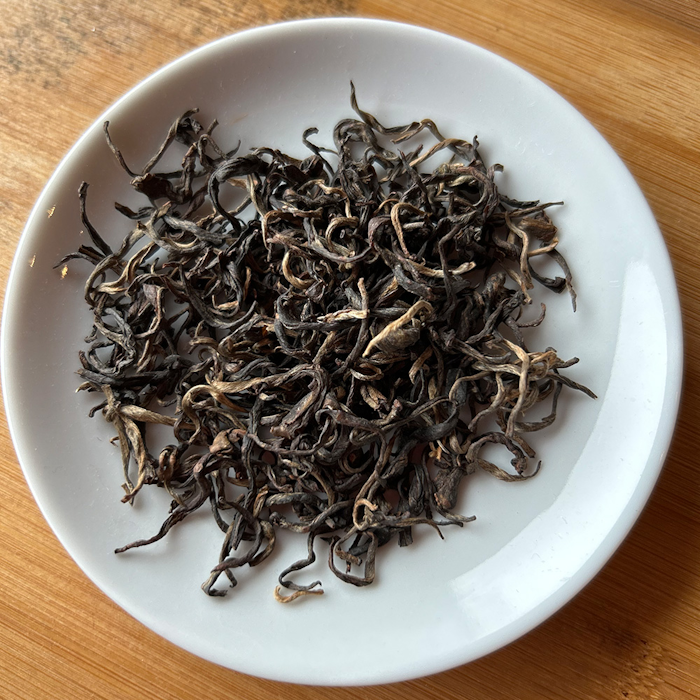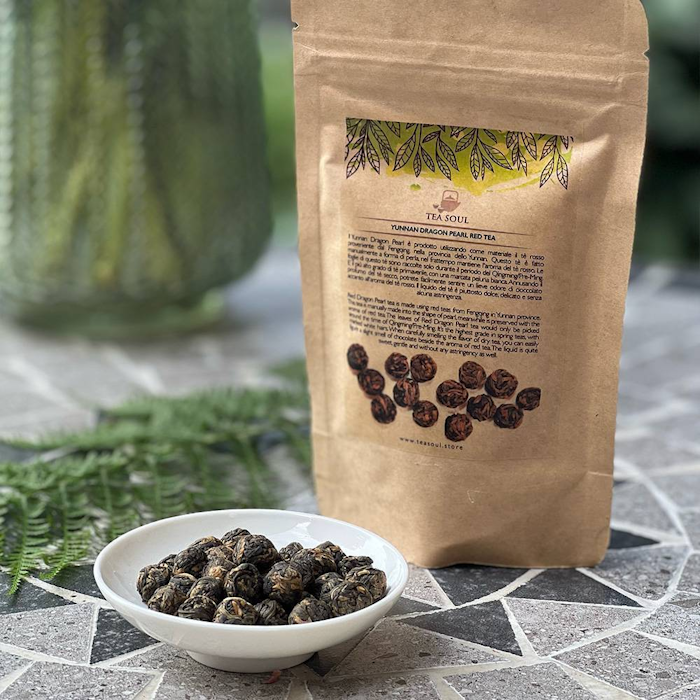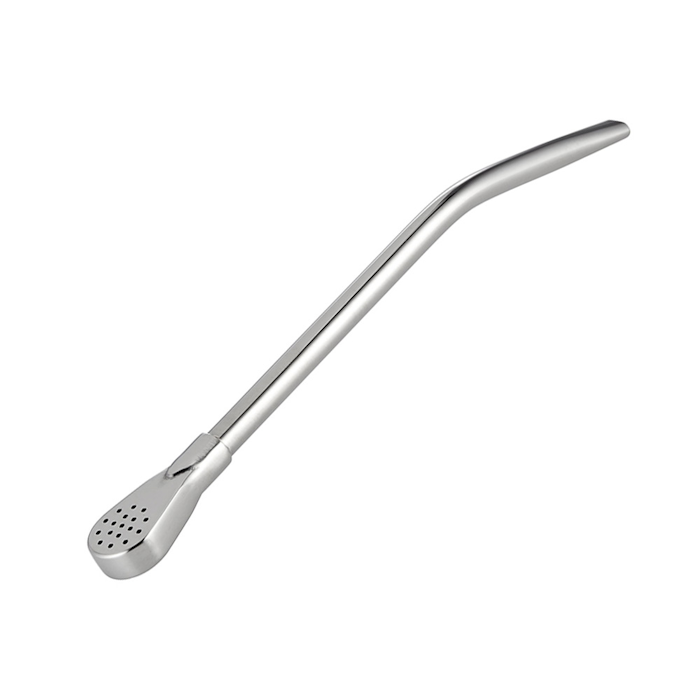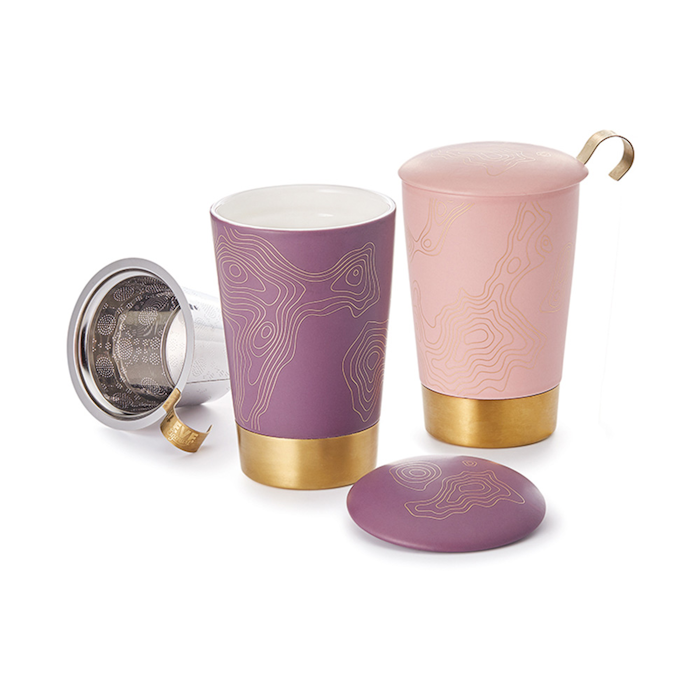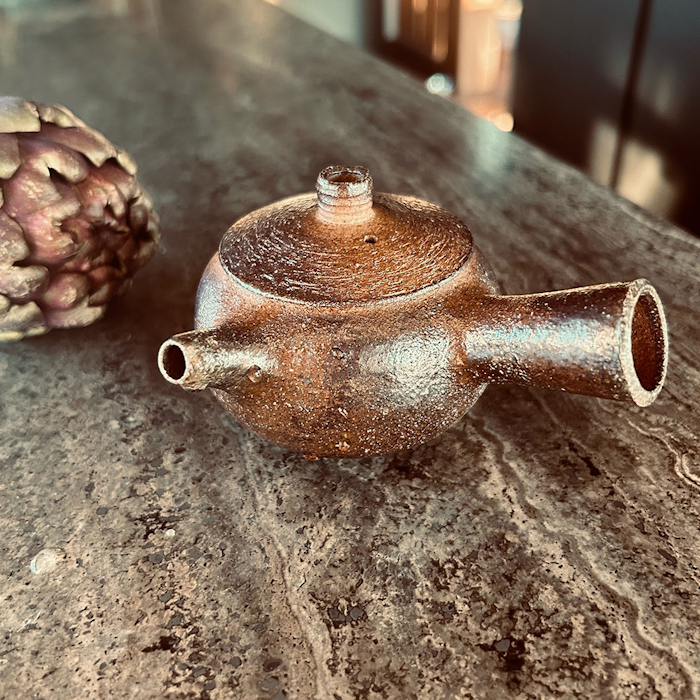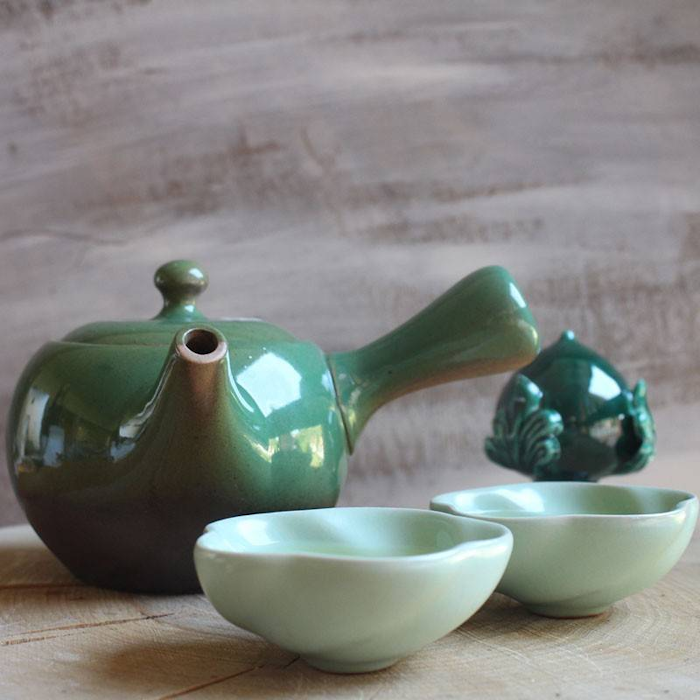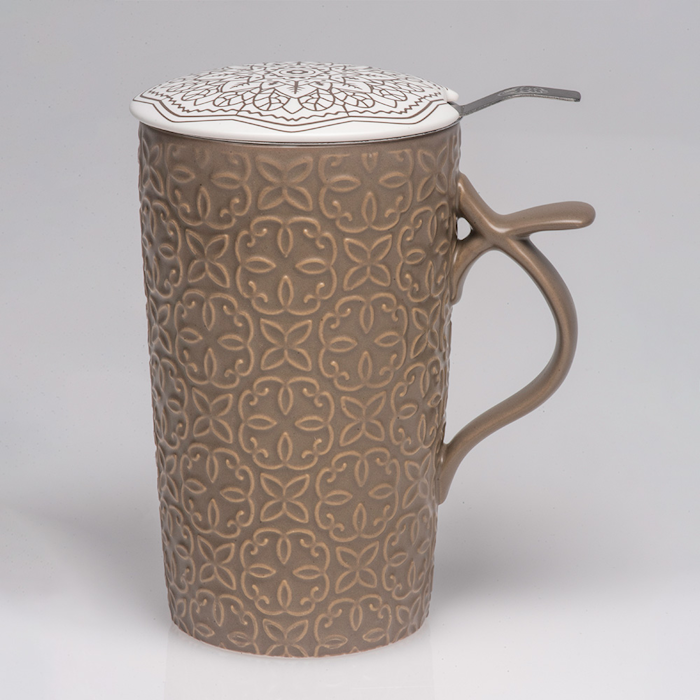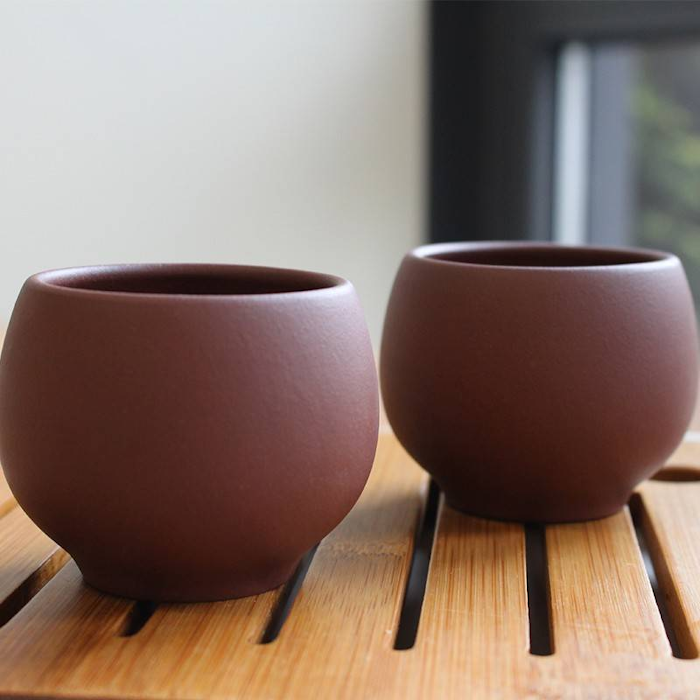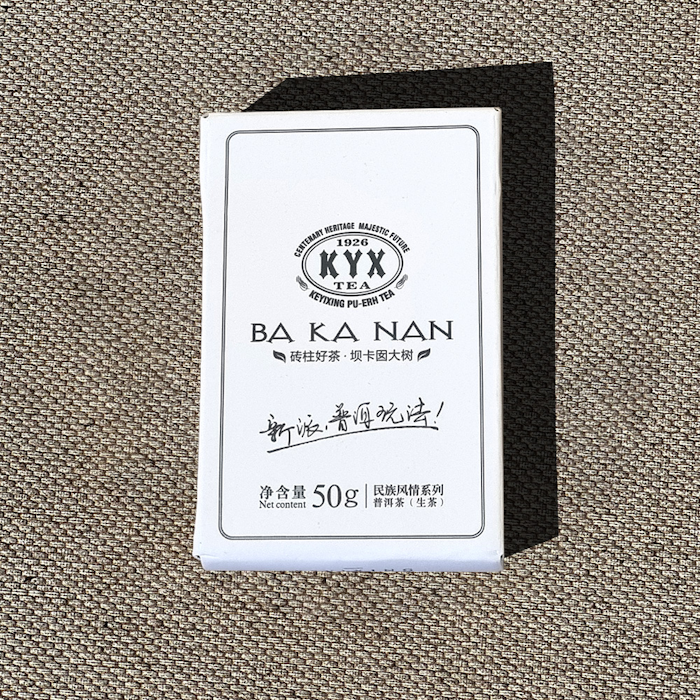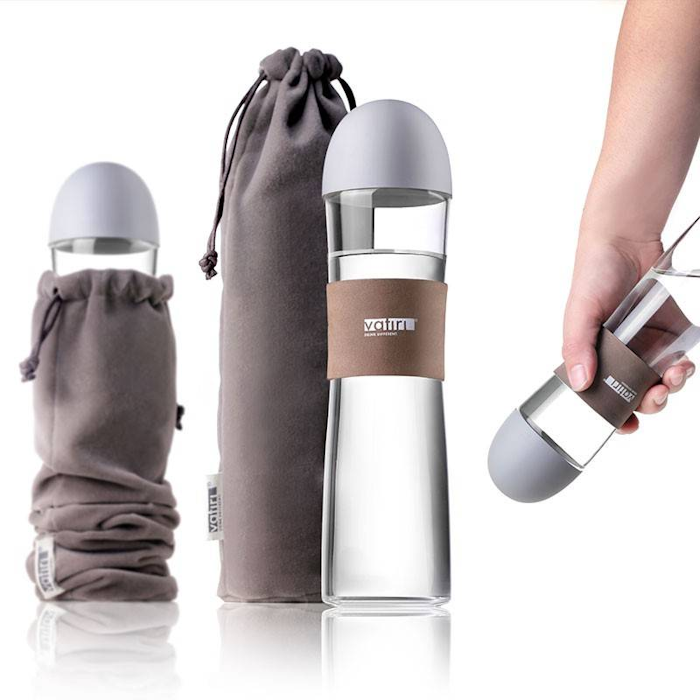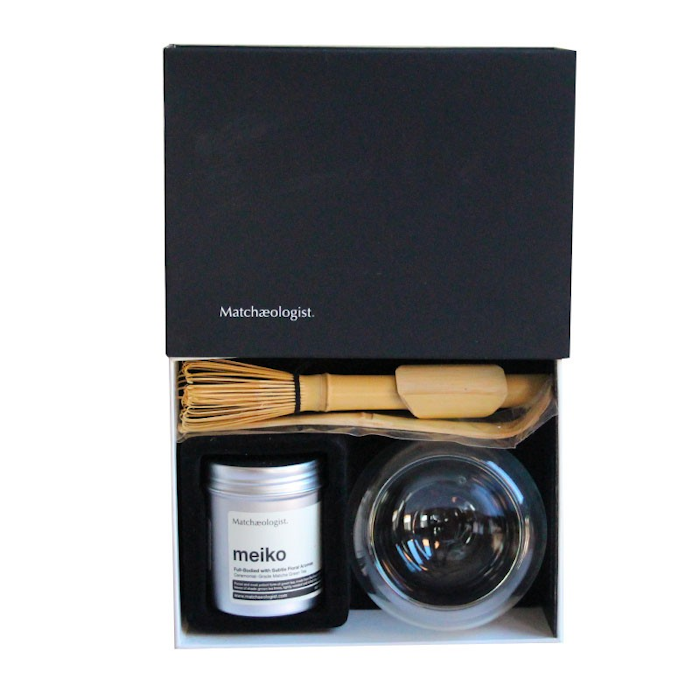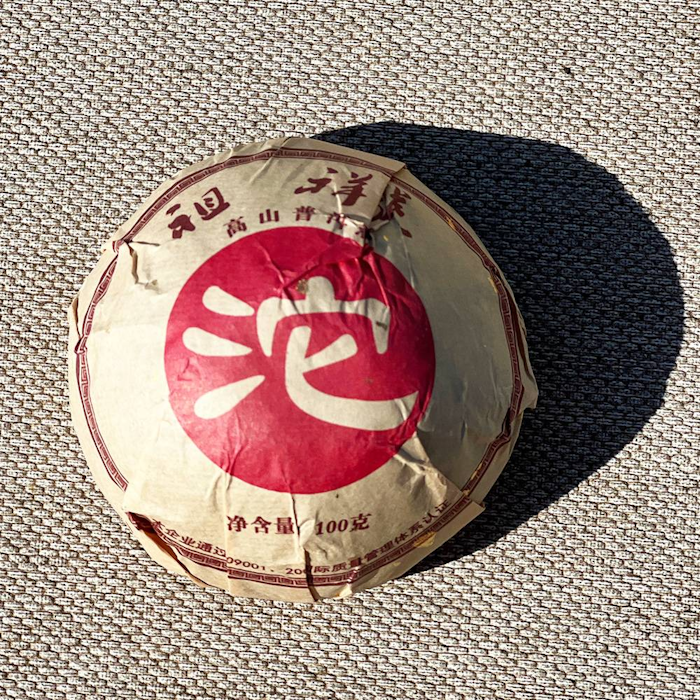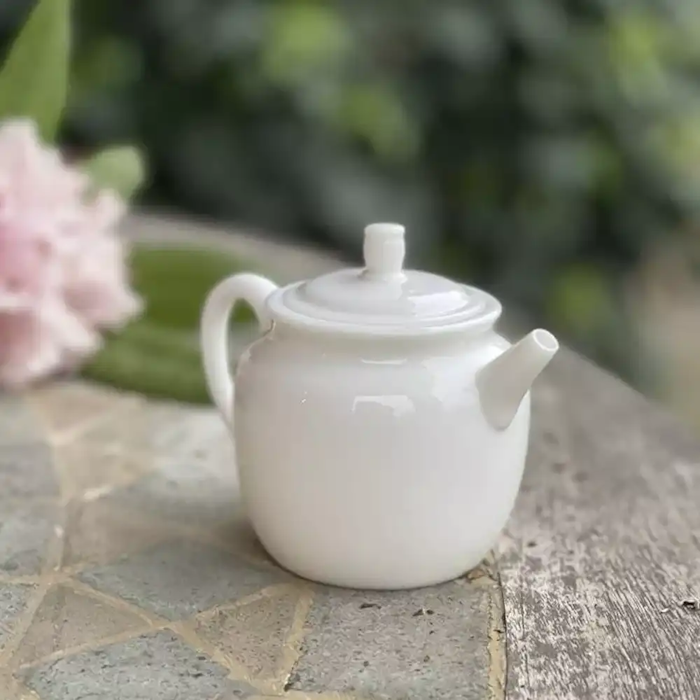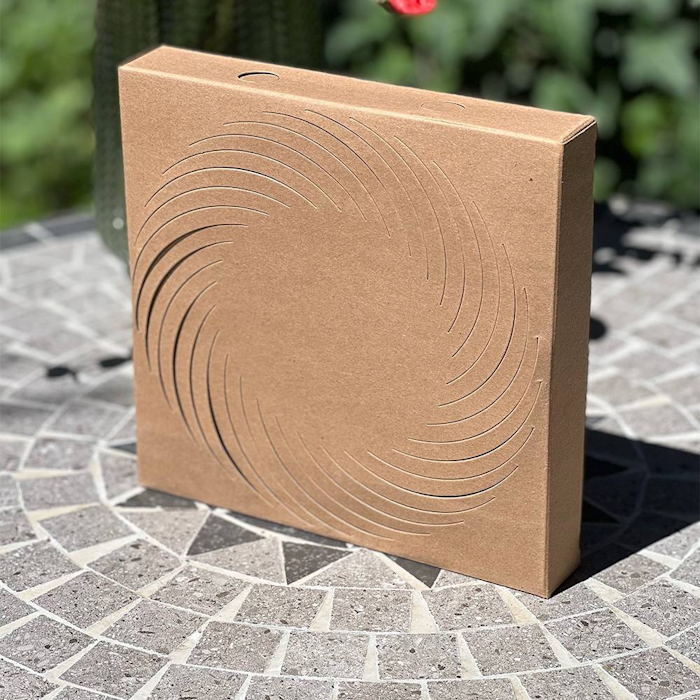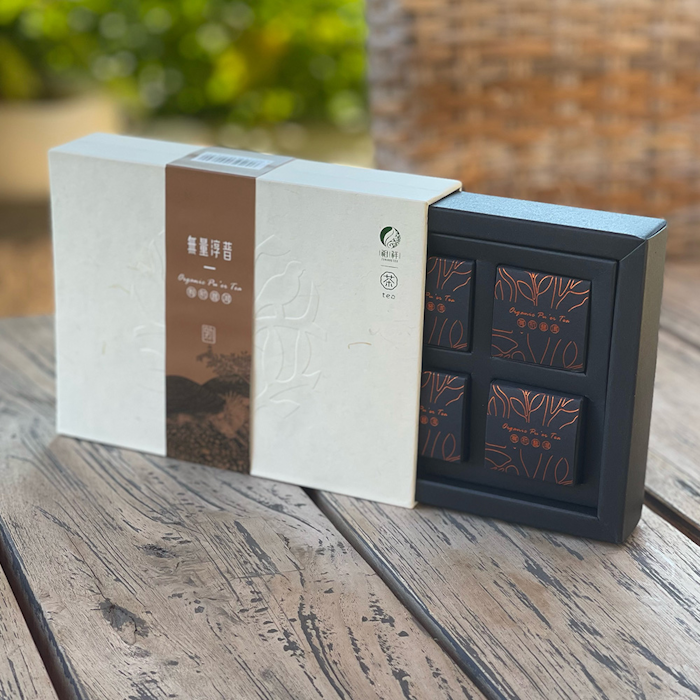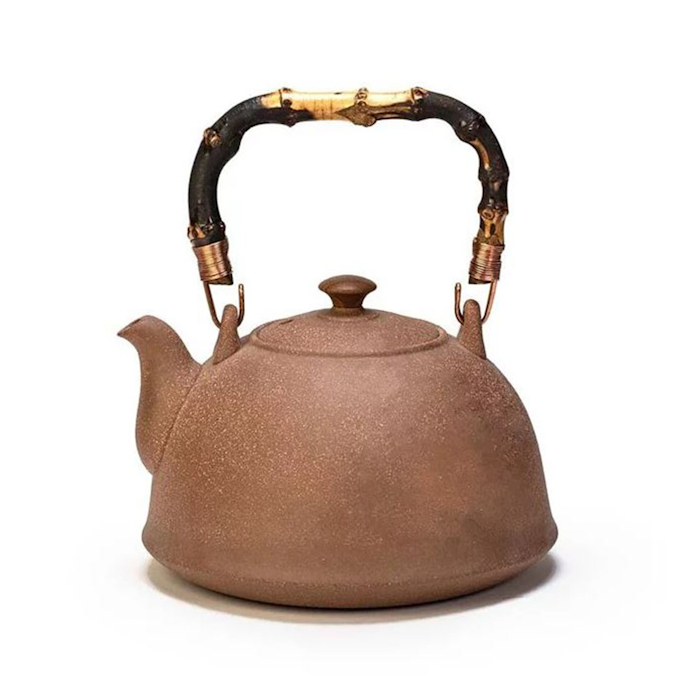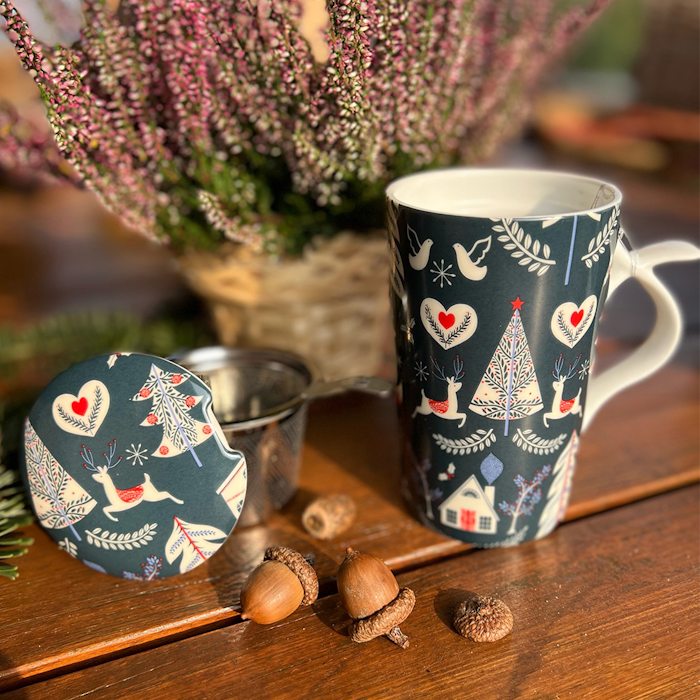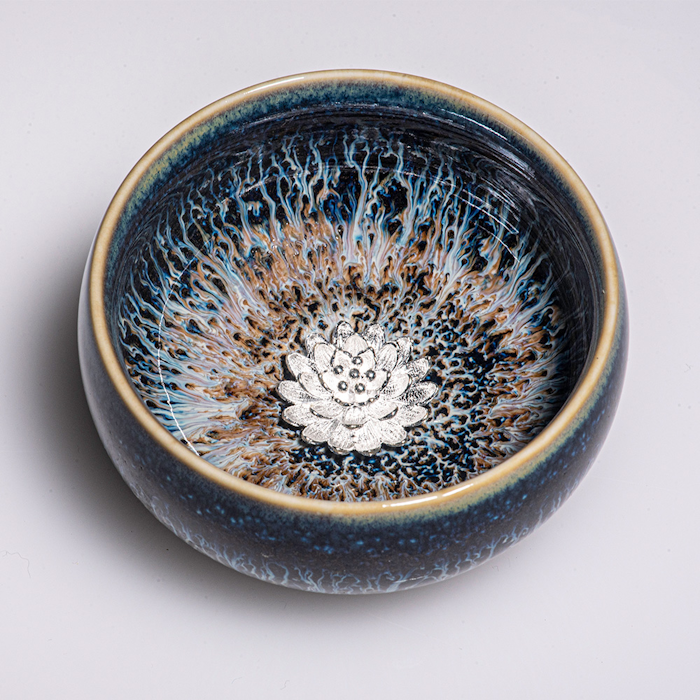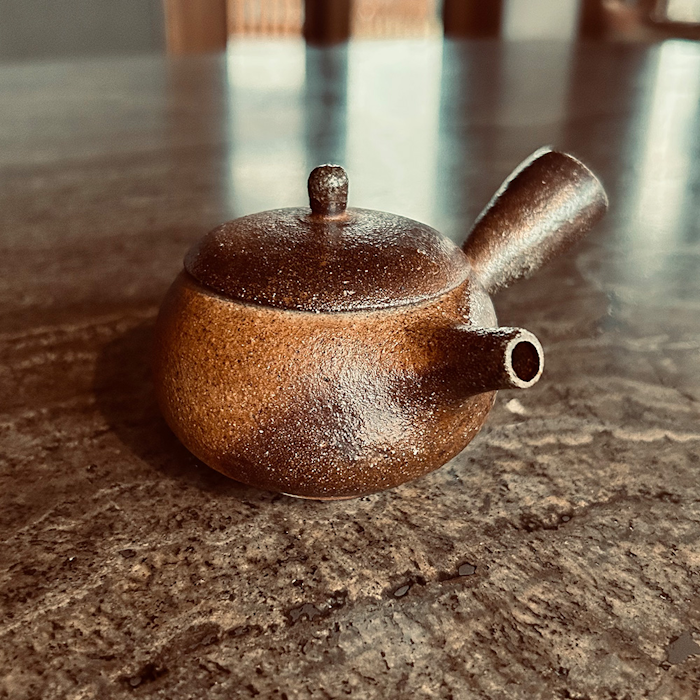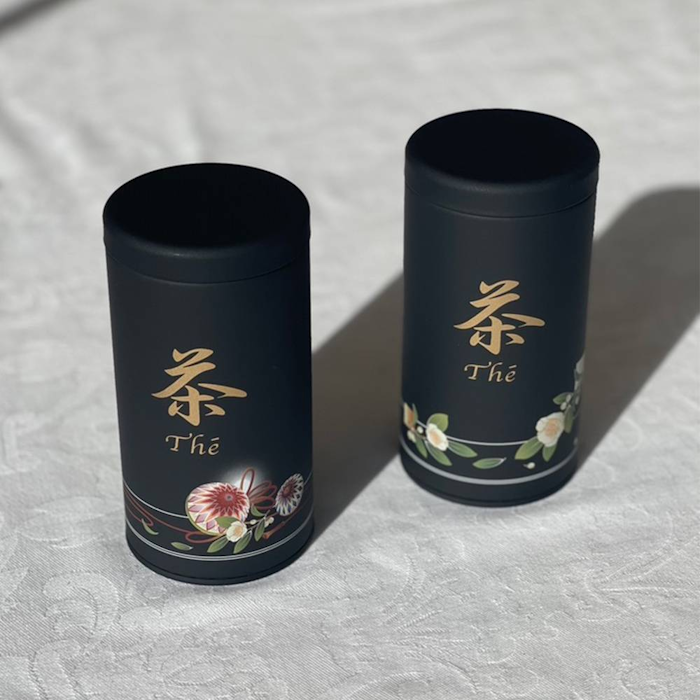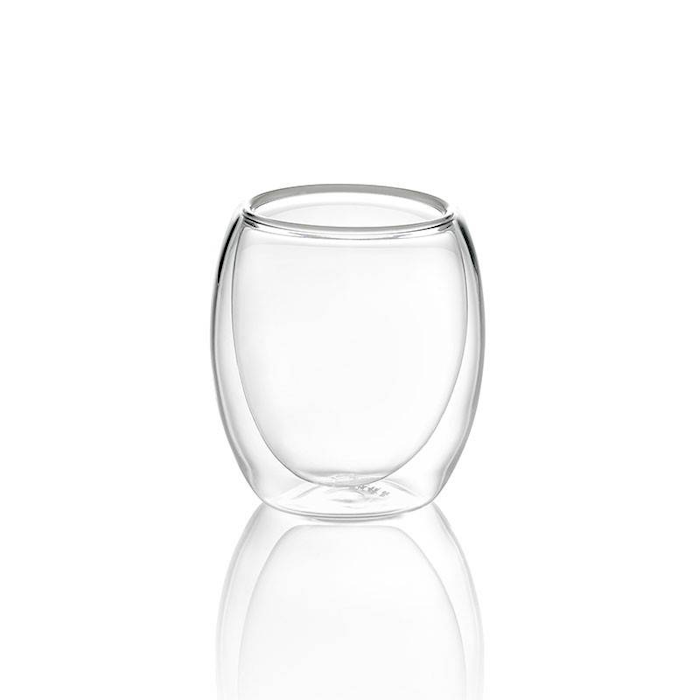The Oriental Beauty Dong Fang Mei Ren Oolong Tea is a particular oolong that in our days is mainly produced in the northwest area of the island of Taiwan. This tea has a long history mainly related to a particular aspect of its processing that originated in China but then over time moved to the island of Taiwan. This processing involves letting some insects (green Jacobiasca Formosana fly) eat small parts of the young, tender leaves that once harvested will go into the finished product.
This sounds like a rather strange processing practice, but its purpose is very specific and is to increase the concentration of terpenes in the tea. These compounds are aromatic molecules that the plant naturally produces to attract or ward off certain insects.When the plant is attacked, it reacts by secreting certain terpenes that we have learned to exploit to give our tea an added sweetness. In the case of Oriental Beauty, some terpenes have been traced that are also found in high concentrations in honey and grapes.
Already in the aroma of this tea, in fact, we can detect a very sweet and sugary component and a slightly fruity hint that we will also find in the flavor of the liquor. Oriental Beauty is an extremely complex tea in its sweetness, presenting a very varied range of aromas and flavors in which each component is perfectly balanced with the rest.
TASTING - Sight and Smell
Oriental Beauty oolong tea leaves are small to medium in size, delicately rolled, with colors ranging from deep brown to coppery brown and lots of buds covered with soft, silvery-white down. Once infused, they give off aromas of fragrant wood, nuts, flowers, yellow fruit and honey. In the cup, the liquor is an intense color between dark orange and amber.
Tasting Notes
GONG FU CHA
The first infusion of Oriental Beauty oolong tea has sweet notes of lime honey and floral notes of rose. There is also a hint of sweet cocoa and then a fruity note appears, reminiscent of dehydrated apricots and dried figs. With the second infusion, the floral component becomes more intense and notes of lily appear in addition to rose, while hints of nuts such as almond and hazelnut blend with a spicy note of tonka bean. With the third and subsequent infusions, notes of yellow fruit, particularly ripe peach, appear, and honey returns intensely, enveloping and lingering on the palate. A spicy cinnamon note then emerges on the finish, marrying beautifully with the sweet cocoa note already identified with the first infusions and which lingers. The body is very soft and rounded with each infusion, never becoming overly dense.
TO THE OCCIDENTAL
The first sip of Oriental Beauty oolong tea has floral notes of rose and fragrant wood (sandalwood), immediately followed by a hint of sweet cocoa that evolves into vanilla and a very sweet note of honey (linden, heather). A spicy note of tonka bean emerges next along with notes of nuts such as walnuts and roasted almonds. In closing, a fleeting slightly citrus note appears along with fruity notes of yellow peach, apricot, dehydrated figs and dates. The persistence is long and very sweet, with hints of cocoa and honey enveloping the palate.
Location of Origin
In the North - West of Taiwan Island
Production
After harvesting, Oriental Beauty leaves wither in the sun for a longer time than all other oolongs to further raise the terpene level before moving to a resting phase on indoor bamboo trays. From here, oxidation is initiated through a manual massage of the leaf that is performed by the master producer. Here often the leaves are also left for a few stages covered to rest so that they warm up a lot and develop even more of their sweetness. Once the tea reaches the desired level of oxidation the leaves pass into a charcoal-heated kiln where enzyme activity is stopped. After this stage in the kiln, the leaf is given its final shape by special machinery, before moving on to the leaf roasting cycles that allow the product to finish drying and enhance its flavors.
Preparation
We strongly recommend infusing Oriental Beauty tea in the traditional Chinese method (Gong Fu Cha) with a gaiwan with a capacity of about 150 ml. Following this preparation, with 5 grams of leaves you can make multiple infusions that are useful to best capture all the flavor nuances of the tea.
Heat the water to a temperature of 90°C and proceed to an initial infusion of 15 seconds. Keeping the water at the same temperature, you can then continue to exploit the same leaves by adding more water and increasing the infusion time by 10 seconds each time (15 - 25 - 35...).
This tea has a longevity of about 6 infusions.
For a more classic preparation according to the Western style we recommend 3 grams of leaves in a 200 ml cup with water at 90°C for an infusion time of 3 minutes.
For a better tasting experience we suggest that you strain the tea as soon as the infusion time is over. Our suggested infusion timings can be slightly modified to your liking to achieve a more or less intense taste.
We recommend storing in a cool, dry place away from direct sunlight.










